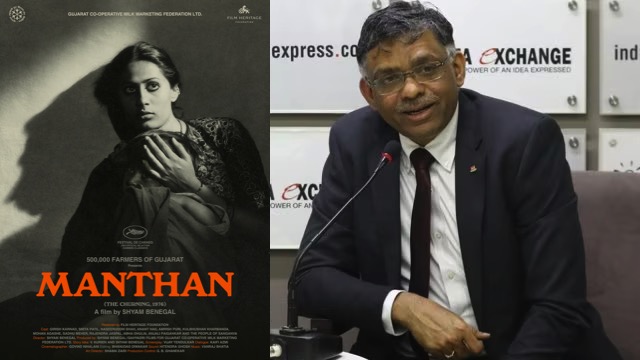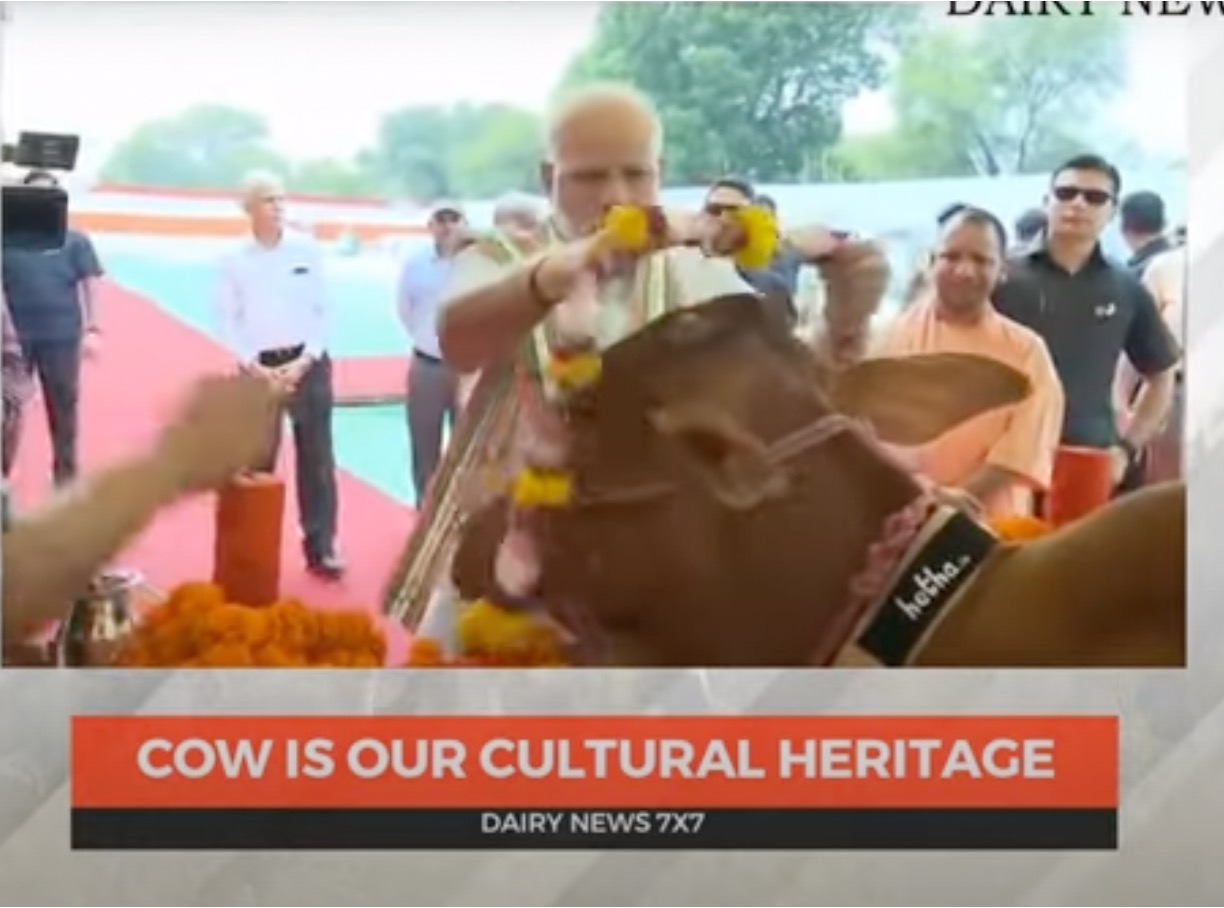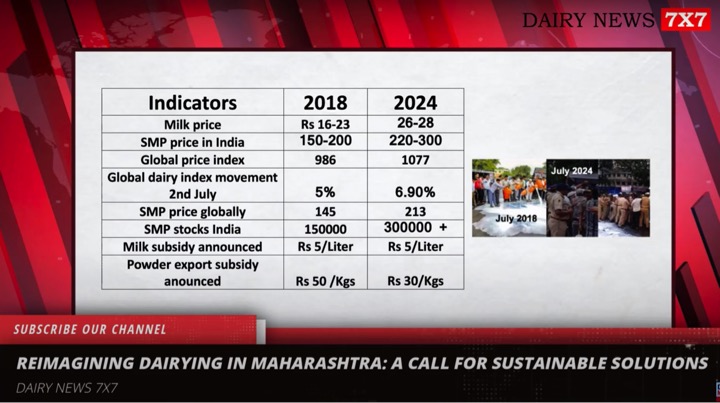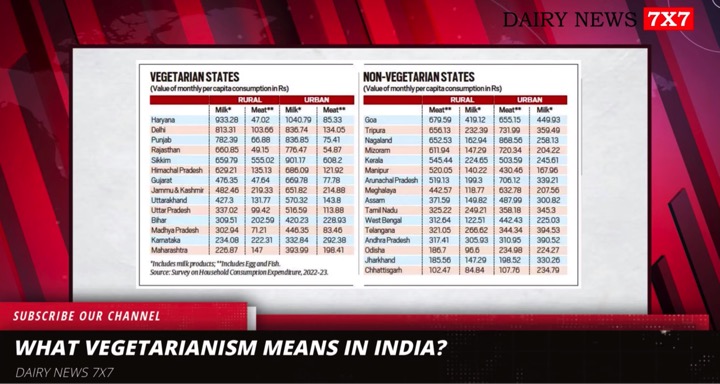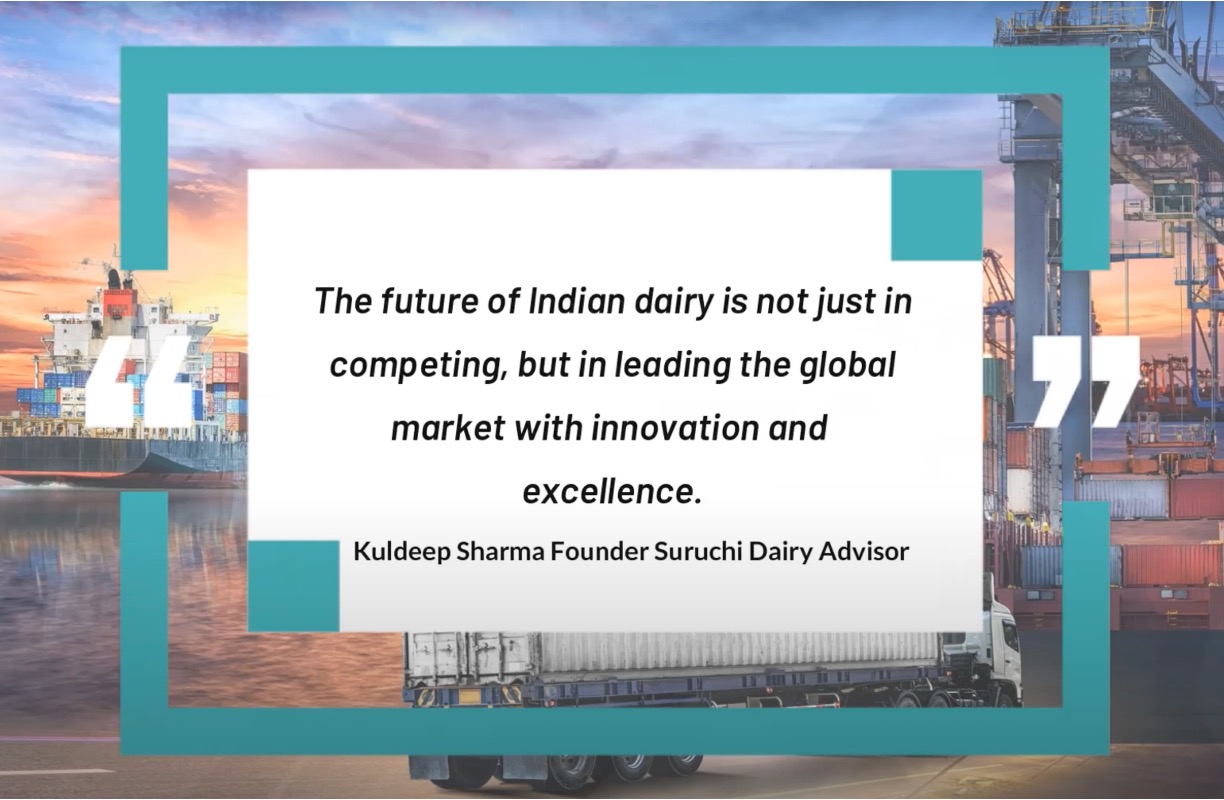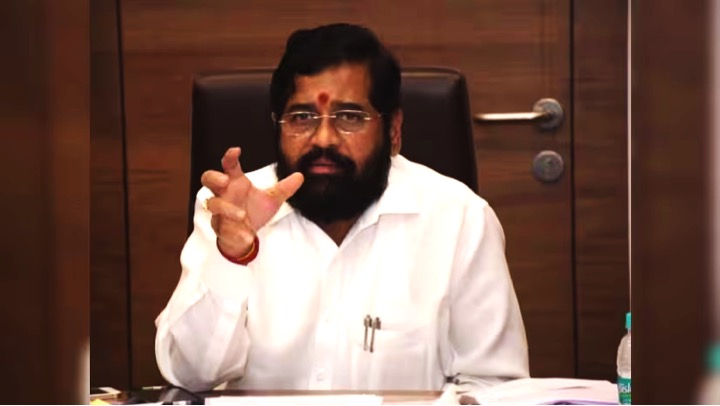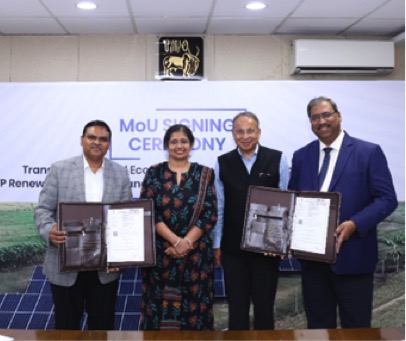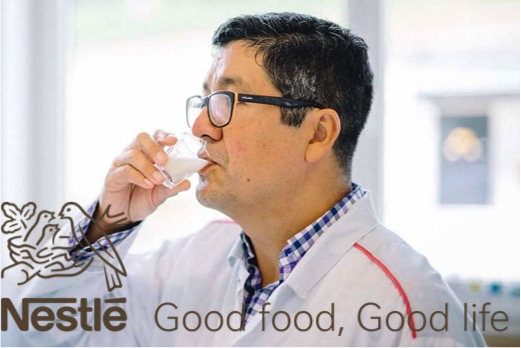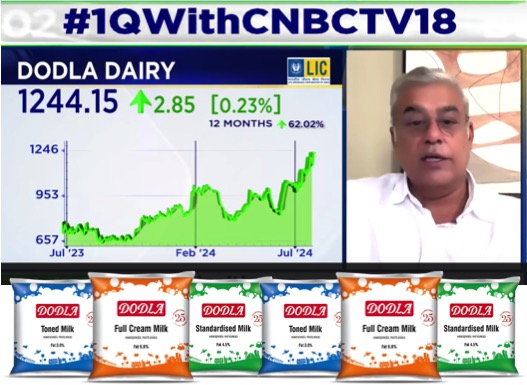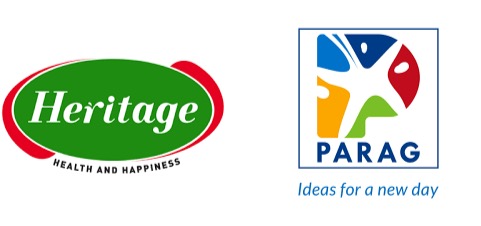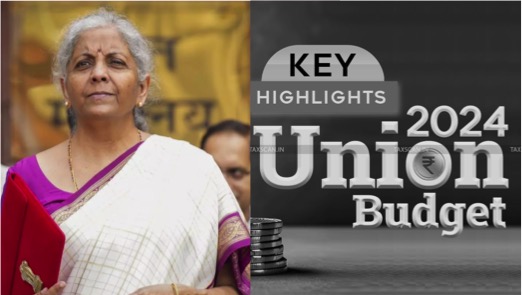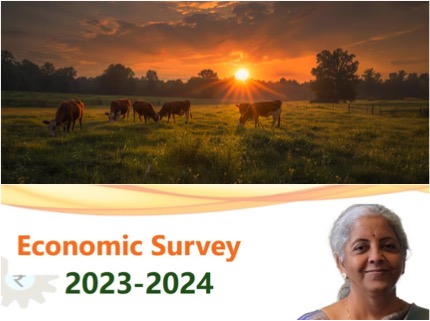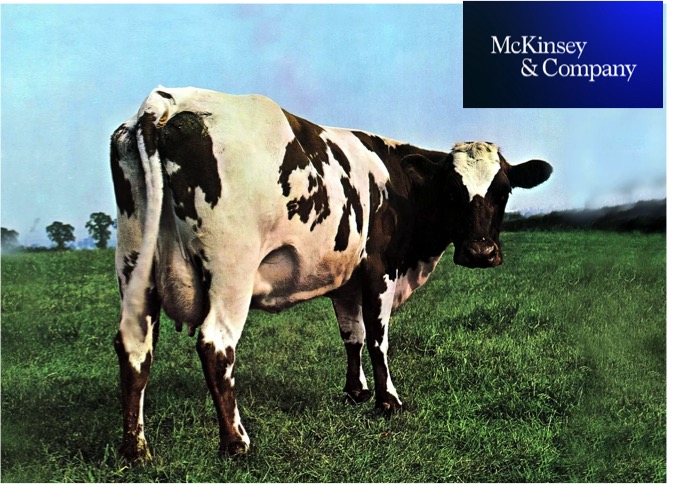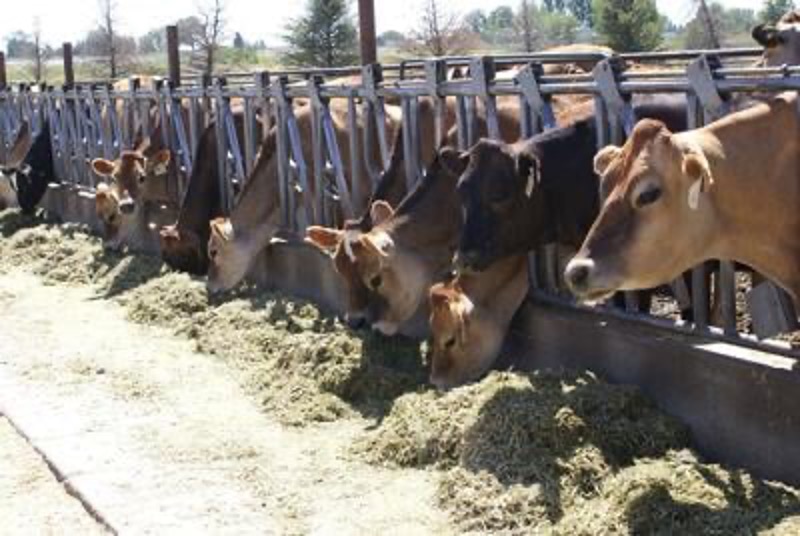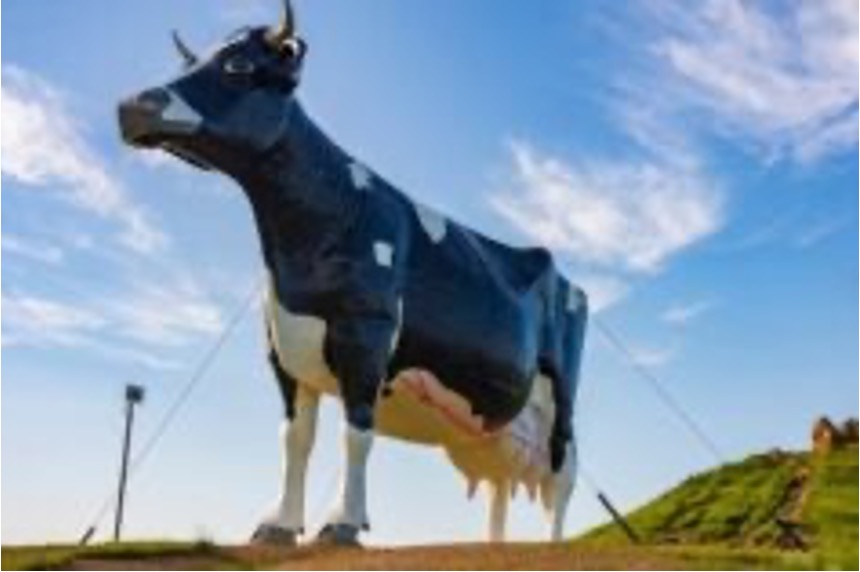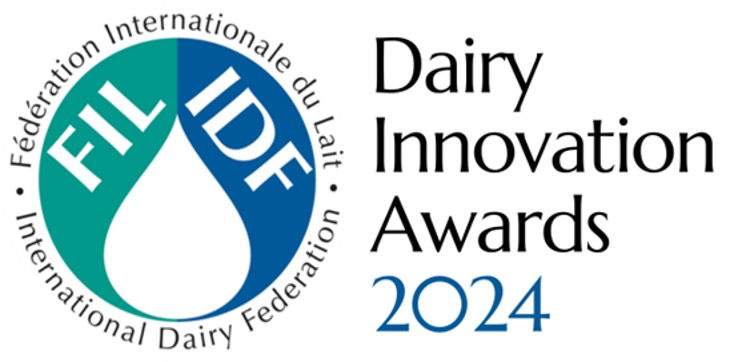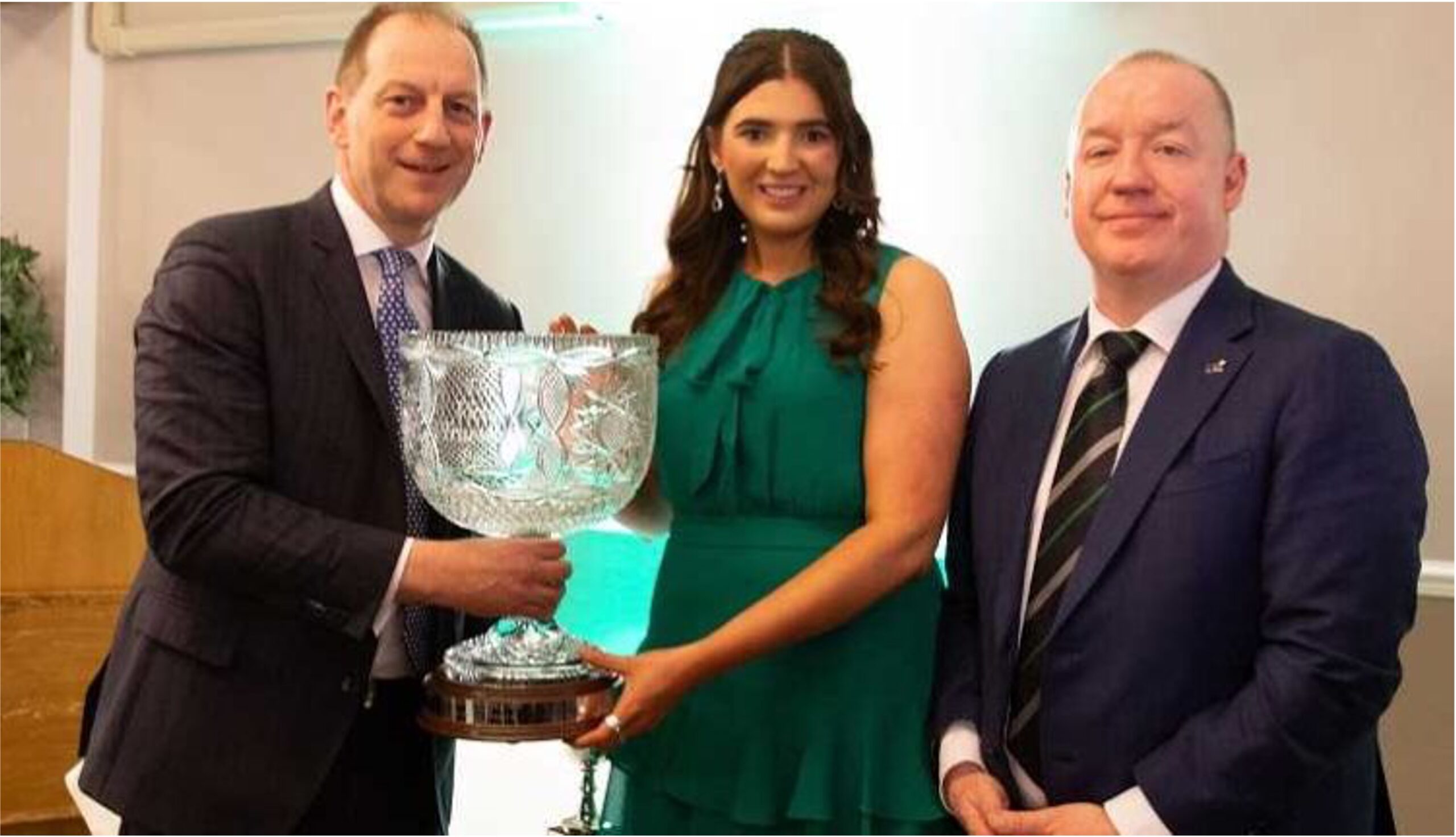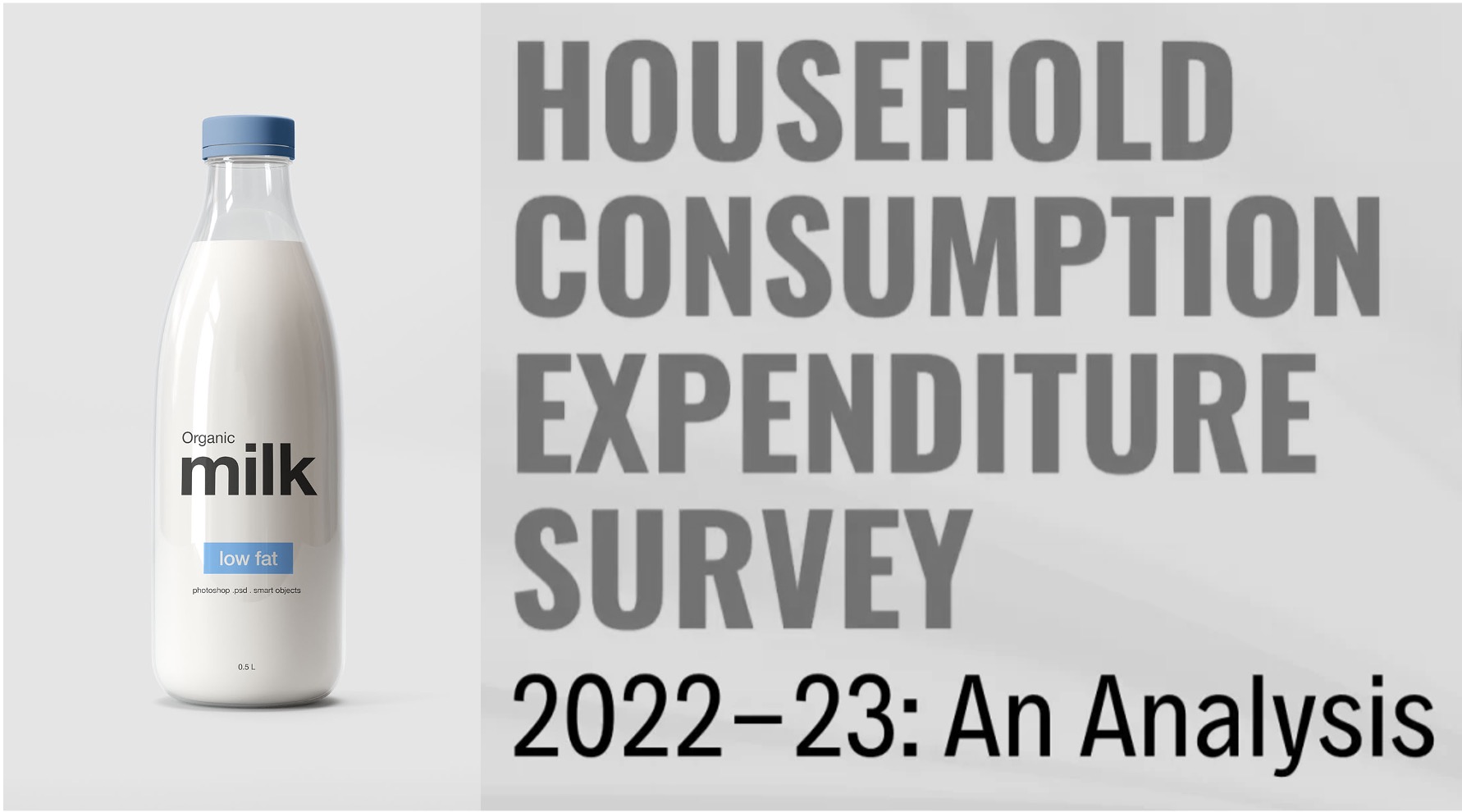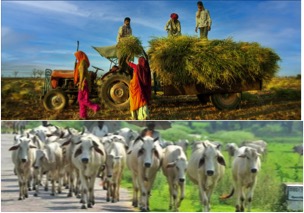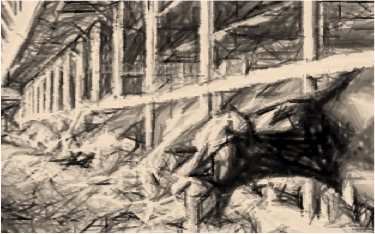The screening of the restored 4K version of the 1976 Smita Patil starrer Shyam Benegal classic ‘Manthan’ at Salle Bunuel in 77th edition of the Cannes Film Festival on Friday marked a milestone not only for the film, based on the pioneering milk cooperative movement of Dr Varghese Kurien, but also propped up the Gujarat Cooperative Milk Marketing Federation (GCMMF), which markets its products under the Amul brand, on the international platform that it is looking to tap as part of White Revolution 2.0.
The film is based on Gujarat’s milk cooperative movement helmed by the Gujarat Gujarat Cooperative Milk Marketing Federation (GCMMF), that made Amul not just a brand nationally but also gave it international recognition.
Speaking to The Indian Express from Cannes, where he walked the red carpet with the family of Late Dr Varghese Kurien and Late Smita Patil, including her son Prateik Babbar, actors Naseeruddin Shah and Ratna Pathak Shah, GCMMF MD Jayen Mehta said that with the Amul Model going across the country and the globe, ‘Manthan’ the film continues to hold much relevance. Mehta said that the film was visualised in order to “communicate to the villages” back in 1976 when social dynamics and caste factors posed a challenge in setting up the dairy cooperatives led by women but continues to hold much relevance.
Mehta said, “The film has a large impact even today… The story continues to be relevant in terms of the fight of farmers to get right to procurement and market versus the private competition continues. The social dynamics are also there that existed 50 years back. But most of all, it shows the success of a cooperative model of how it helped farmers to come together with the right intervention and inputs, providing the tools of development in their own hands without the constant support of the government or private sector or multinational. This is the story that people love… The world is sitting up and noticing the magic.”
Highlighting that the strength of the film was that it could convey what were the challenges in setting up a cooperative while also focusing on the opportunity it brought, Mehta said, “In the year 1975-76, when the film idea came up, Operation Flood was in its flourishing stage because they were replicating the Amul model across 18 districts of the country. They realised the huge challenges and wondered how do you communicate to the people in the form of a story so that it helps them overcome their differences also… So Dr Kurien got Shyam Benegal and top notch actors to tell the story. Manthan continues to be a part of the induction programmes at Amul and IRMA– which is where I saw the film in 1989 for the first time. It is also part of our village activities and has played a strong role in spreading the Operation Flood across the country and getting the 2 lakh village societies and 1.75 crore farmers to become part of the dairy cooperative and everyone has made India a leading milk producer in the country.”
Mehta hopes that with the film now going to the urban markets will help Amul leverage the global opportunity in the dairy sector. Mehta said, “The urban audience will know what a classic looks like but it is a good chance for us at the global level to restore the film and showcase the film in such a brilliant manner. With Amul going international, Amul products are being exported to 50 countries and we have launched Amul milk in the US but we are also working on Dairy Development in Sri Lanka and Kenya. Now that the Amul model is also going abroad, the story becomes equally important. When you are trying to set up a cooperative, where private players are already there and there are caste dynamics at play. The Gujarati backdrop may or may not work for local communities in other countries but it helps in educating the educated– the policy makers. Those countries are at a nascent stage, where India was in 1976…”
Within India, Amul has received a mandate to expand the dairy cooperative model to 2 lakh additional villages, where Manthan will play a key role, Mehta says. “The government of India has realised that cooperatives are a tool of dairy development. India is the only country in the world, which has a Ministry of Cooperatives. The vision of our Prime Minister Narendra Modi as well as Cooperatives Minister Amit Shah means that we are replicating the Amul Model across all sectors in the country so that India gains leadership in all the aspects of agriculture.
three new multi state cooperatives. India has a total of 7 lakh villages. Dairy cooperatives are present in 2 lakh villages so 5 lakh more villages are pending. The Union Ministry of Cooperatives has given us a mandate to set up cooperatives in 2 lakh more villages. So we are talking of White Revolution 2.0 for the dairy sector cooperative model expansion where more milk will be procured, more women will be empowered and more money will go into their bank accounts… If India has to give a gift to the world, it will be the Amul model.”
Mehta added that while the production of milk in India was 25 million Metric Tonnes in 1976– just 5% of the total global milk production, today, India is the largest milk producer in the world with almost 25% of the global milk production where Amul’s turnover has risen from Rs 20 crores in 1976 to Rs 80000 crores.
Dr Kurien’s daughter, Nirmala Kurien, recalled watching the film as an 18 year old with her parents in 1976. Speaking to this newspaper from Cannes, Nirmala, now 66, said, “I remember watching the first cut preview of the film in 1976 and found it funny that my father was calling himself a film producer from being a milk man… But he was a visionary and in times when terms like crowd-funding and women empowerment did not exist, he created a model that was ahead of its time. Not only did he set up the base for women empowerment through Amul– even today women milk producers outnumber others– he also produced the film by what we know as crowd-funding today.”


